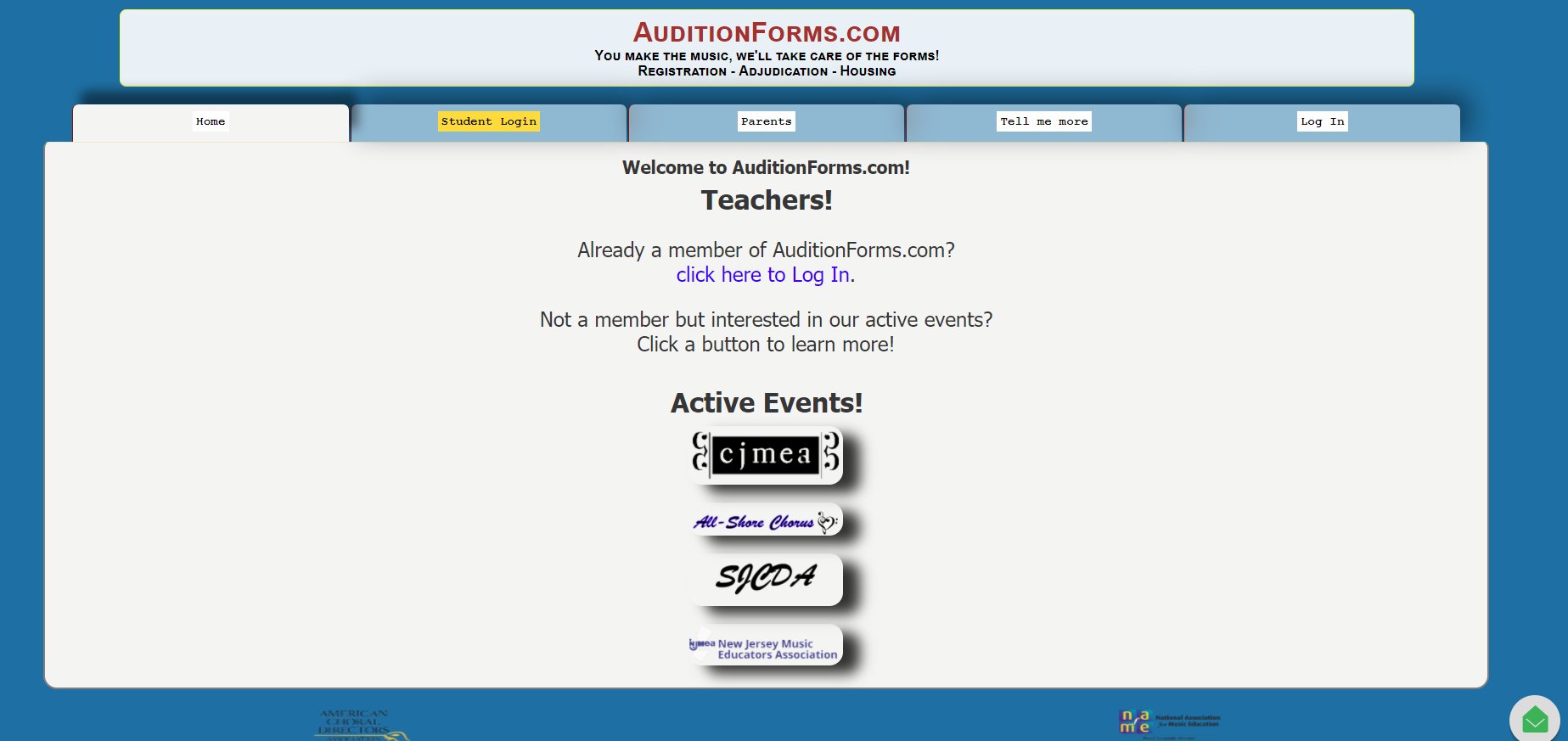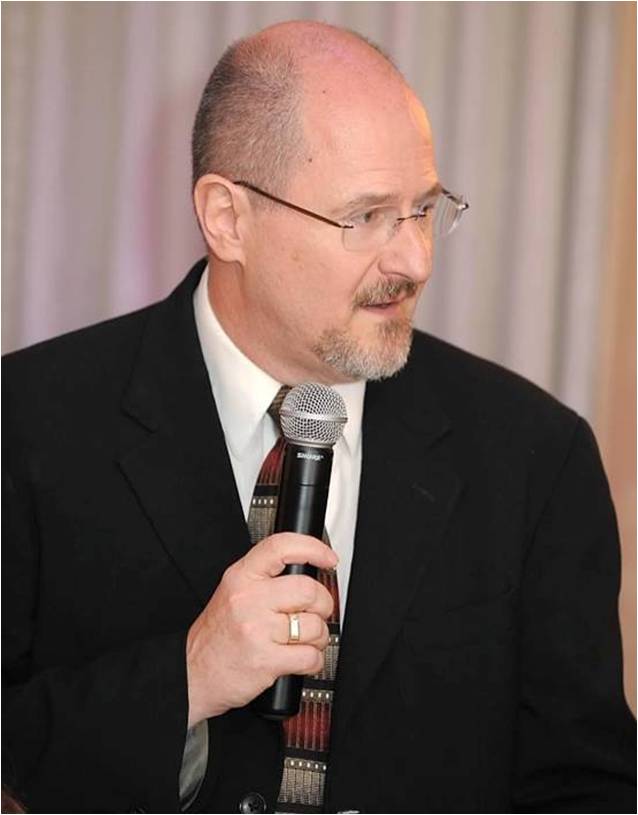Ego Battery Charger Template
We’ve recently purchased a number of power tools in the Ego (https://ego.com) family of products. These tools are all battery-powered, but the charger doesn’t come with a template to hang it.
So I created one: Ego Battery Charger template .
I hope this helps someone!
My Idea (NJ)
I am white, old, male, straight and privileged.
I cannot speak to the experience of being black, female or gay. I haven’t lived in your skin or seen the world through your eyes. I haven’t been preyed upon, eyed with suspicion or taunted based simply on the facts of my birth or skin color.
I have experienced the dignity and hope of working a full day and earning a wage which provided the opportunity for growth and the ability to put food on my table, a roof over my head and security for my family.
I believe that ANY plan which proposes to address the inequalities of our society must first address the fundamental loss of hope, opportunity and purpose which accompany the lack of meaningful employment.
The ills of our society cannot be met by individual actions, but can be addressed through the mass leverage of individual and corporate contributions through taxation and responsible social policy.
My idea is as follows:
- Identify the lowest 20 cites by earnings-per-capita (ex. here ) or similar measure.
- Re-evaluate this list on a three-year cycle to rotate-out those communities finding sustainability and rotate-in those next-in-need.
- Using the city charter and the current census, define the geographic boundaries and current population within those boundaries
- Establish a federal/state/local tax-free enterprise zone for that geographic zone and population.
- Earmark new state taxes to replace these foregone taxes and provide business grants. Note: Grants not loans. To break the current downward cycle, investment is required of the many to raise the few.
- Encourage, through business grants, the establishment of small and mid-sized low-tech manufacturing businesses to competitively replace work currently outsourced.
- Low-tech is emphasized to ensure that today’s workforce can be employed today and then that work force can be upskilled.
- Company size is restricted to ~250 to encourage entrepreneurship and discourage corporate carpetbagging.
- All employees must come from boundaries and population identified in #2.
- Mentorship program with state’s key businesses to advance integration with the wider business community
- In partnership with the local schools and community college system:
- basic education and vocational advancement training is required as part of the employment contract to underpin the opportunity for advancement, and
- child care is provided.
- In partnership with the local hospitals and medical facilities, health care is provided.
- While funded, salaries are capped at the 120% state average and profits are returned to the schools and community-improvement projects identified in #2.
- All businesses must have a 10-year strategy for migrating from a funded business model to an independent/employee-owned non-funded business model
This is an expensive plan, but what is the current cost of our lowest 20 communities to the state? What are the potential profits of a state where ALL communities are self-sustaining? What is the cost of crime, degradation and human desperation in those communities today? How much does the loss of hope and opportunity cost?
Make good work available in each locality. Build good schools. Provide positive examples of growth, opportunity, citizenship and self-pride. Protect your neighbors and neighborhoods. Make the pursuit of the American Dream the a reality for all.
This is my idea. What’s yours? Comment below…
#myidea #myideanj
COVID-19 (American Choral Directors Association)
ACDA Online Resources & Tools!
https://acda.org/ACDA/Resources_for_Choral_Professionals_During_a_Pandemic.aspx
COVID-19 (Chorus America)
Here a helpful article from Chorus America including a number of helpful links! Choruses and COVID-19 (Coronavirus)
1,000 Singers
Over the middle weekends in April, over 1,000 NJ high school singers will gather to audition for a spot in the 90th New Jersey All-State Mixed and Treble Choruses. Most will not be accepted. That same cold fact has been true for the past 90 years. What does that tell us about those teenagers, their teachers and parents?
They hold a lottery addict’s grasp of statistics: “You gotta’ be in it to win it.” The only guarantee is that you absolutely won’t get a spot if you don’t audition, so auditioning is the only game in town.
They possess a requisite faith in their own talent. Whether it’s due to a teacher’s or parent’s encouragement, self-initiated comparison against their peers, or simply self-actualization, these teens have convinced themselves that, Darn it, I’m good enough!
If you’ve never auditioned as a soloist and stood in front the three impartial judges who:
- Don’t know you,
- Won’t remember you after you walk out,
- Are charged with judging you based on literally nothing more than what you produce in the next three minutes,
- Will reduce your hours or years of preparation into a set of three to ten numbers,
well, think about the last time you woke up in a cold sweat from some nightmare. Except these kids are awake and they’ve volunteered to experience this. If that doesn’t exemplify faith in yourself, I’m not prepared with a better example
Courage. The numbers are stacked against you, the judging is impartial, the product is ephemeral and unique to the moment. And you’re 15.
The students don’t know it, but if they can get through this, win or lose, and they’ve got a model of behavior to get through every interview, every getting-called-into-the-boss’s-office, every committee or conference presentation, every you’re-on-the-spot moment that will come in their life. What a great life-skill to acquire so early in one’s life!
There’s pride in trying, especially for those who aren’t selected. Different from team sports, being not-selected, losing, in this game is a solo event.
Amazingly, the overwhelming number of kids absorb this lesson, get back up, and return to the game. These teenagers get to learn in real-time and with real consequence that:
- The event is always less important than the process.
- The real reward for good hard work is the intrinsic growth it provides.
- Doing, regardless of result, is always better than avoiding.
Parents and Teachers: For anyone holding either of those titles: Thank you.
Thank you for producing young people who are willing to take this risk. Who are engaged in the arts at a competitive level. Who have the moxie to endure the pain required in this type of growth.
More so, thank you for willingly, knowingly engaging your kids and students in a process which is guaranteed to produce more tears than cheers, and which always produces better, tougher, stronger people and enlightened, empathetic citizens. Thank you for making them gracious winners when the line is drawn below their name, and ever-better competitors when not.
The Arts make all of us better. That our schools have arts programs is not a given, but a choice for every community and it is to our credit that most willingly bear that cost and appreciate the benefits. Please do what you can to support the Arts in your community.
If you know a student who is auditioning, take a moment to offer your encouragement!
Roxbury Reflection
I had the real privilege this weekend of watching over 700 high school students representing 11 schools in 20 ensembles compete for trophies at the 28th Annual Roxbury Invitational. (Full disclosure: I’m also the web registration manager and recording technician for the event.) With kids so much in the news this weekend, I thought a reflection was relevant.
I’ve attended as a working staff member since 2011 but have been associated with the event since its inception. I’ve been watching 15-18-year-olds singing on that stage long enough to see past-choir members return as teachers, staff members, adjudicators and even the Director of the event.
Despite the rotation of schools and ensembles through the years, the behavior of the collective students has been immutably constant. In the hallways, they are loud, animated, nervous and jerky, shy, self-absorbed and simultaneously aware of their Being in the moment, and astoundingly responsive to adult direction. They behave as a herd when lining up for performance or food while remaining incredibly polite and patient throughout the day.
Onstage, I watch this teeming mass of molecules bouncing off walls transform into a cohesive unit; well-rehearsed, determined, focused, appropriately prideful and collectively greater than their individual parts.
I also watch their teachers transform from professional cat-herders into the purest form of artist, sculpting aural beauty from student clay with graceful hand movements.
Hours of work are required to make this seem effortless. Many compositions are evaluated and rejected, selected and rehearsed but put aside, programmed but then shelved to get to the three or four songs finally performed. We, in the audience, enjoyed only the best of the bunch, but each hour of work contributed its part, resulting in the choral teamwork presented on the stage.
For those too-few minutes, we forgot what was happening outside and reveled in the realized potential of human achievement. Beauty, anguish, joy, torment, yearning and the infinitely abstract emotions captured by a composer and lyrist onto paper are given momentary existence for the audience to personalize through the lens of their own experiences. Familiar songs recall related memories while unknown songs find their way to hidden emotions.
At the end of each ensemble’s performance, the audience of competing choirs rose in congratulatory ovation. The choirs authentically, enthusiastically cheered their competition’s performance. The students valued the work ethic required to get on that stage and showed their appreciation of strong competition. If we are looking for behaviors to model, this would be a good place to start.
If you haven’t done so recently, support the Arts in education and go to your local high school’s next concert. It’ll remind you that we’re a whole lot better than what we see on the news and our future is pretty damn bright.
Designing for the User NEEDS the User
I had lunch this week with Jacob Levine of ChorusConnection.com (@chorusconnect), talking about similarities of our respective customers, which led to a discussion of design. We’ve both built working sites. These aren’t portfolios or product displays that lend themselves to grand artistic license but subscription sites which our customers use to get things done. We’ve taken up the challenge of designing sites that our users don’t really want to be on, doing things they really don’t want to do, and would love to just avoid altogether. It’s like designing a house that lovingly provides heat, comfort, and protection to a family that just wants to travel and be somewhere else!
And that’s really the point: We know that you don’t want to be sitting in front of a terminal wrangling spreadsheets, google docs and other fragile digital buckets. That’s why you use our sites and urge others to do so. You want to be standing in front of your podium with a spray of musicians making music!
It’s our missions to help you do just that and in doing so, we make design decisions: What goes where? Is it a text box or check box or radio button? How much information is necessary? How many clicks are required? How few clicks are possible? Ultimately, how can we help you spend as little time as possible on the thing we spend days, weeks, or more obsessing over?
We make educated, experienced guesses, but don’t really know what works until you open the page. Most of the time, we guess right, or right enough. When we don’t though, I implore you to help us. Use our chat links, email addresses, and phone numbers. Tell us what confuses you, what’s missing, what’s irrelevant. What’s that one thing that would save you a ton of time?
If you’re scratching your head over something I’ve created, tickle the keyboard instead. Let me know and I’ll fix it!
It’s my problem, not yours
I manage a site called AuditionForms.com which seeks to make better kids by alleviating music teachers of soul-sucking paper work and giving them time to actually teach their students. It’s a bit of a selfish endeavor because I love listening to great high school concerts. It’s my theory that better teachers make better musicians and better musicians make better concerts; a win for everyone!
The site’s most basic goal is to translate paper- and spreadsheet-intensive work that’s been done by hand over the last 50+ years into an electronic workflow. The overwhelming majority of teachers come to the site already knowing what they need to do because they’ve done it many times before, just not in this mode. The fresh-outs dive right in; they’re ‘net-natives and typically move through the site with ease. The veteran teachers fall along a spectrum starting at ‘net-native and ending at ‘net-phobic.
With each release, I watch in wonder as my customers discover holes that I hadn’t seen, play out scenarios that I couldn’t fathom, and create paths across, through and around my designs that are works of sheer ingenuity. And I know that every one of these variances result from a failure on my part and stand as a testament to my customer’s determination to make my product succeed!
As a web developer, a key part of my job is to make the site intuitive. The Japanese call this poka yoke meaning to make a thing so that it can’t be used wrong. Ideally, you shouldn’t need instructions to use the site correctly and the site should be designed to prevent you from doing anything wrong. Ideally, I’d also be 6’3″ and have a full head of hair. Height and hair aside, it’s my challenge is to close the gap between the ideal and reality. I do this by listening, watching (whenever possible) and paying attention to the output of my customers. I encourage my customers to be open and detailed in their criticism. I have had terrific spontaneous input through the use of chat for in-the-moment discussions.
So, if you’re scratching your head while using one of my products, please know, sincerely, that it’s my problem and not yours. Reach out and click that chat button or send me an email. Help me understand how I can make the product better for you and, in turn, make a better product for everyone.
Who and Why
Hi – I’m Rick Retzko. I’m the founder of MFR Holdings, LLC, the parent company of AuditionForms.com and TheDirectorsRoom.com.
I founded the company and these sites following two twenty-year careers in Human Resources and Customer Service, respectively. I’ve earned a Bachelors in Music Education and a Masters in Industrial Relations. I have a beautiful, highly accomplished and gifted wife and we had a loving, funny and patient inspiration of a son whom we aspire to honor every day.
My father was an early computer operations manager, running Burrough’s machines, and my mom operated a keypunch machine in our basement. Given this exposure, I came by my fascination with code quite late in life and without a particular driver other than a need to get something done and the realization that these (then) new personal computers could help me do it. Little bits of knowledge piled one on top of the other until I found myself building computerized tools for my employers and at home to help my wife organize her work as a Choral Director and as a manager of Regional and All-State auditions.
The sheer joy of watching my code come to life and do good led me from avocation to vocation. I took the leap to self-employment in mid-2016 to offer the tools which are AuditionForms.com and TheDirectorsRoom.com to the wider population.
Also along the way, I took up the discipline of writing and I’ve had enough people comment positively that I’m encouraged to continue. Blue Circles are what I make around headlines, book reviews, op-ed pieces, advertisements, etc. that I use to find my inspiration and hook. I try to write about what I know and have done for forty-plus years: Customer Service. At the core, it’s what we all do and I hope you’ll find your own relevance in these words.
I encourage comments and criticism. We all grow stronger with a bit of physical, mental and philosophical challenge!






